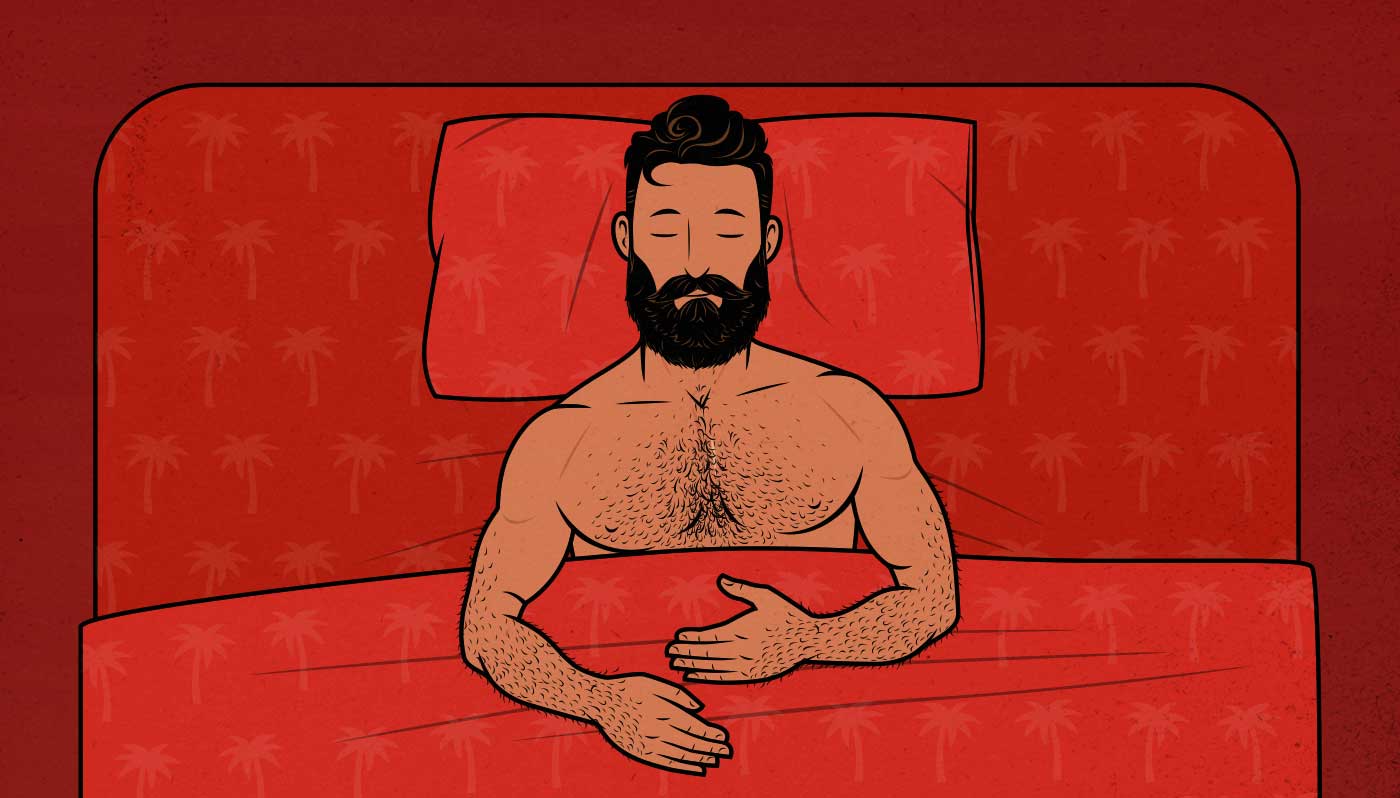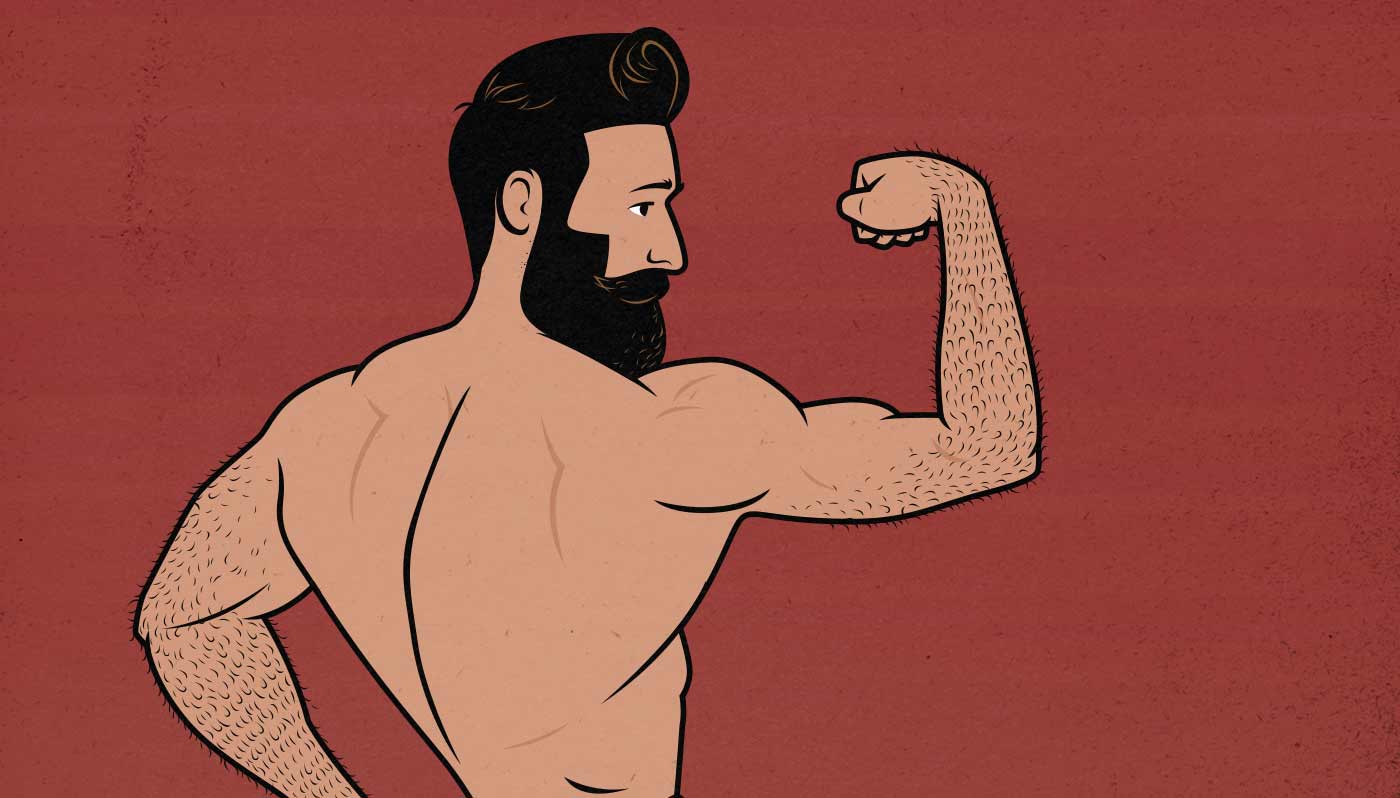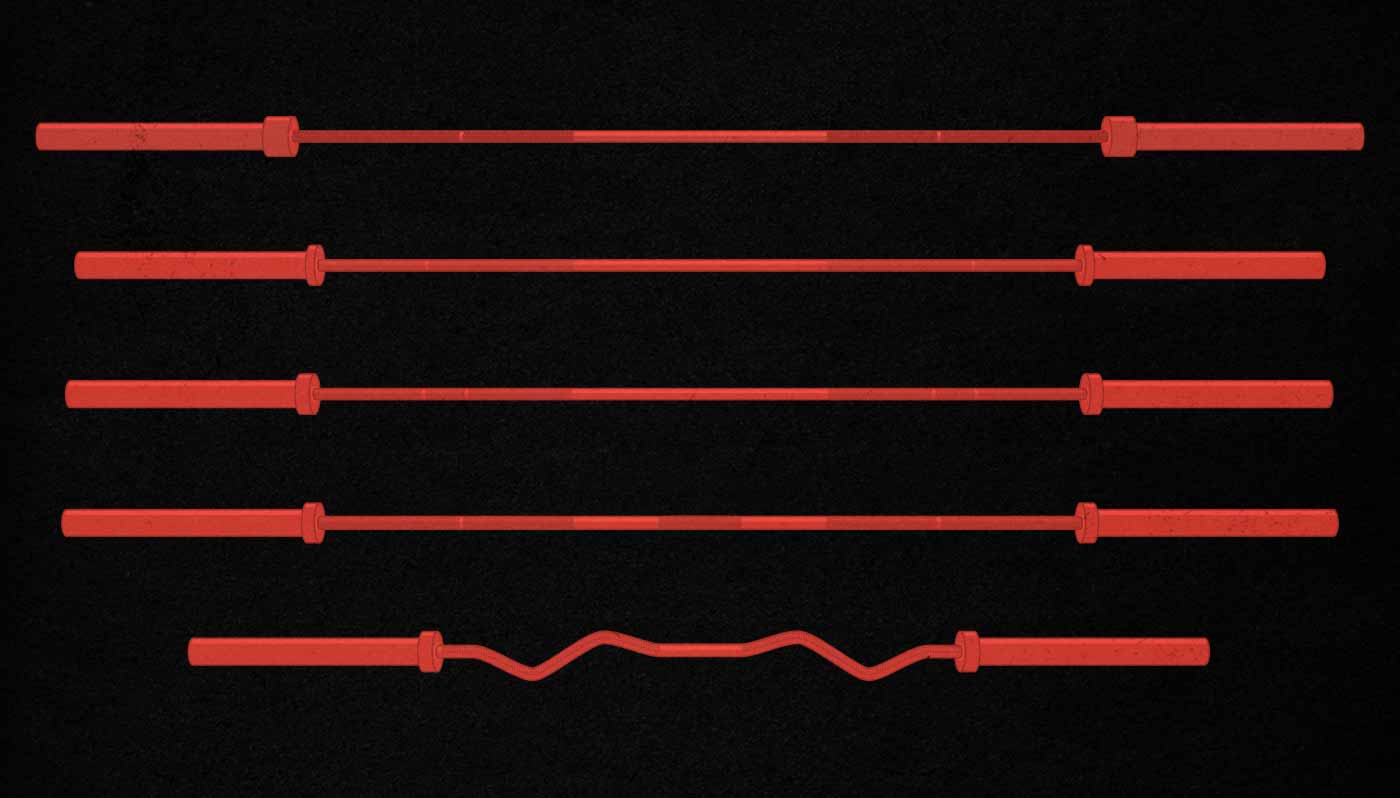Articles
Chin-Ups Versus Curls for Biceps Growth
On the one hand, chin-ups are the bigger compound lift, they allow us to load our biceps far heavier, and they use a larger overall range of motion. On the other hand, biceps curls are lighter, yes, but they’re limited purely by the strength of our biceps. And even though curls have a smaller range of motion overall, the range of motion for our biceps is quite a bit larger. Which lift winds up being best for biceps growth?
Then we need to consider that our muscles grow best when they’re challenged in a stretched position (meta-analysis). So the next thing to compare is the strength curve of both chin-ups and biceps curls. How challenging are they at different parts of the range of motion?
Finally, what’s the best way to min-max both chin-ups and biceps curls for even better biceps growth? What variations and grip positions should we be using? What rep ranges should we be lifting in? What should our training volume be?
In this article, we’ll compare the chin-up against the curl for biceps growth, and then talk about how to build a biceps bulking routine around them.
Delve into the detailsHow Does Sleep Affect Muscle Growth & Fat Loss?
Sleep is the foundation of a good muscle-building and fat-loss routine. It gives us the drive to challenge ourselves in the gym, the appetite to eat a big muscle-building diet, and the willpower to implement new habits. But for the sake of giving sleep the credit it deserves, let’s put aside that it improves our willpower, motivation, compliance, exertion, and all of the other (super important) secondary benefits. Here’s how sleep can directly increase muscle growth and fat loss (study):
- More testosterone: getting enough sleep boosts our circulating levels of testosterone, improving our ability to gain muscle quickly and leanly.
- More insulin-like growth factor 1 (IGF-1): getting enough sleep will also raise our IGF-1 levels, allowing us to better recruit satellite cells into our muscle fibres, which is critical for overcoming size and strength plateaus.
- Less cortisol: getting enough sleep reduces chronic cortisol levels, reducing muscle breakdown and increasing muscle growth.
- Less Inflammation: getting better sleep reduces chronic inflammation, speeding up muscle repair, reducing our risk of injury, and improving our general health.
- Better nutrient partitioning: getting enough sleep makes our bodies prefer getting stored energy from fat instead of muscle, allowing for leaner muscle gains.
- More muscle growth. As we’ll cover in the introduction, optimizing our sleep has been shown to increase gains in lean mass by around 30% (while simultaneously reducing fat gain).
Given how powerful sleep is for building muscle and losing fat, it pays to approach our bedtime routines with the same fervour that we approach our workout routines and diets. If we give sleep a high priority in our lives, it won’t just improve our body composition, it will improve everything.
Here’s how to improve your sleep for faster and leaner muscle growth.
Delve into the detailsShould You Double Down on Strengths Or Bring Up Weaknesses?
In this article, let’s talk about the philosophy you should adopt while choosing your lift variations and accessories. Should you run lift with your strengths and focus on what you’re best at? Or should you address your weaknesses so that you can build a more balanced and versatile physique?
What’s interesting is that the answer changes depending on your goals. Doubling down on strengths will make you stronger, bringing up weaknesses will make you look better, and a mix of both approaches tends to be best for general health.
Delve into the detailsThe Deadlift Hypertrophy Guide
The deadlift strengthens us from our forearms down to our calves. In fact, it’s such a good indicator of overall strength that it’s the only lift in both powerlifting and strongman competitions.
For stimulating muscle growth, the deadlift is more controversial. Most casual gymgoers skip it. Many bodybuilders do, too. And it’s easy to see why. Deadlifts are hard to learn, challenging to do, and difficult to recover from. But if you do them, they’re worth it.
If you want a bigger, stronger, and better-looking body, there’s no better lift than the deadlift. It stimulates the most overall muscle growth, it develops full-body strength, and it thickens some of our most impressive muscles.
Delve into the detailsThe Barbell Buyer’s Guide (for Bodybuilding & Hypertrophy Training)
While writing our guide on how to build a barbell home gym, I dove way too deep into researching barbells. Which companies make the best barbells, which coatings do the best job of preventing rust, which type of knurling is best, and so on. Perhaps more importantly, there are several different types of barbell, all of which look fairly similar, but all of which are designed for different styles of lifting:
- Olympic weightlifting barbells are smooth, thin, and springy, designed to be tossed and dropped. This makes them great for Olympic weightlifting and CrossFit, but a poor choice for building muscle and gaining strength.
- Strength training “power” barbells are rough, hard, and thick, designed for heavy and methodical lifting.
- Multipurpose barbells are a mix of the two. They’re smooth and springy enough to catch on our shoulders but have enough grip and stiffness to use for strength training.
Most people assume that multipurpose barbells are designed for general strength training and bodybuilding, but that’s actually not the case. They’re designed for powerlifting and Olympic weightlifting—for programs like Starting Strength, which includes both the low-bar back squat (a powerlifting lift) and the power clean (an Olympic lift). It’s a barbell designed for two very specialized types of lifting.
If we’re lifting weights to gain muscle size and strength, or to improve our health and appearance, then we aren’t going to be doing Olympic weightlifting or powerlifting. And if we aren’t doing either of those styles of lifting, we sure don’t need a barbell designed for both.
So what type of barbell should we buy?
Delve into the details




